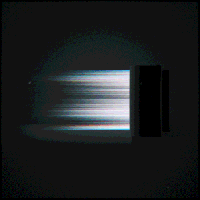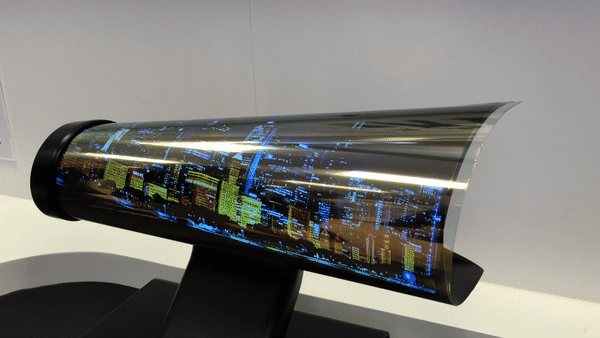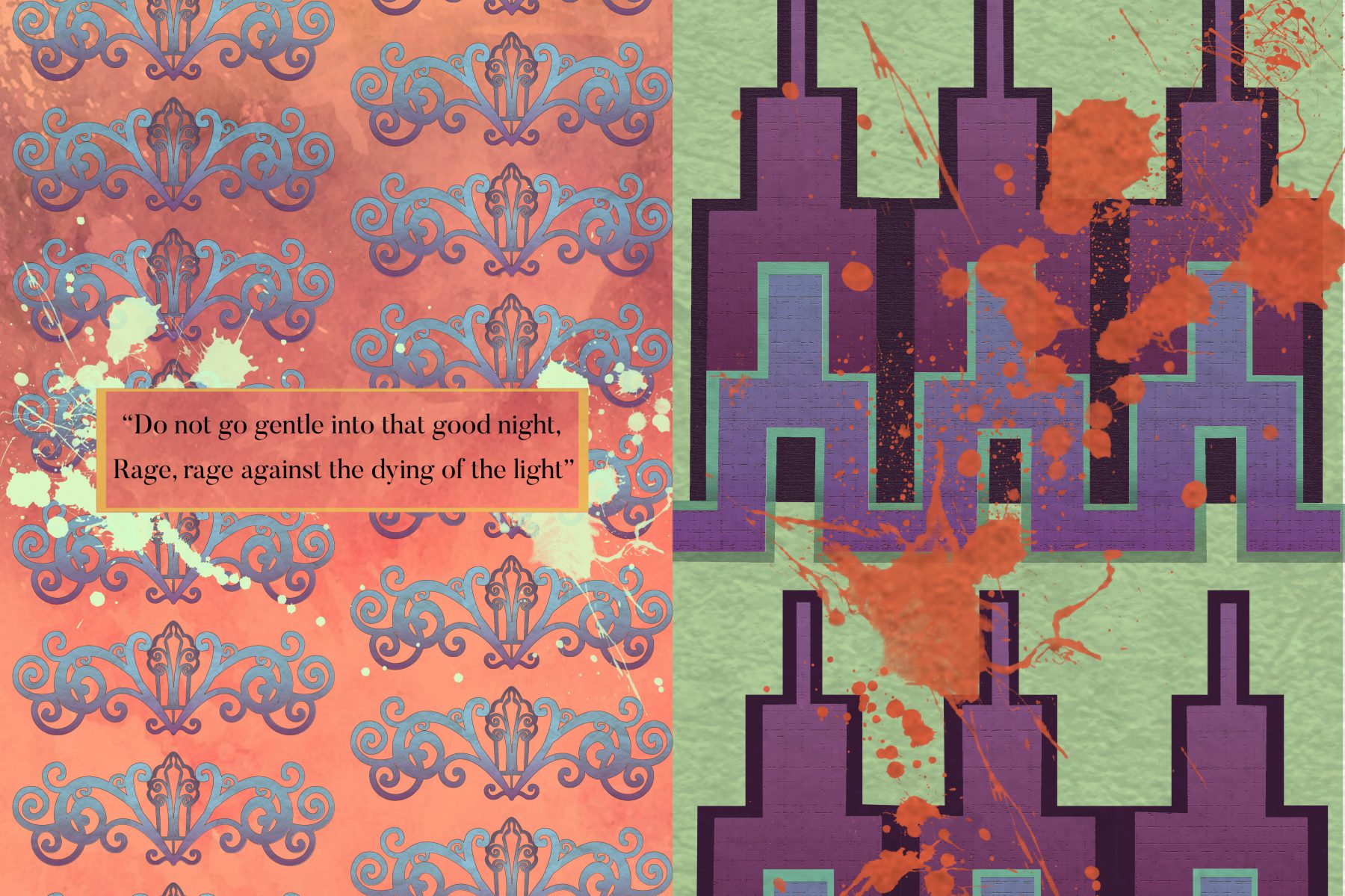
Reading Huhtamo’s article on the Archaeology of the Screen, you start to realise just how much we overlook in media art practice. As Erkki Huhtamo states in the opening paragraph of his other earlier article “Screen Test: Why do we need an Archaeology of the Screen”, starring at screens have become part of everyday life. And as screens transitioned into the realms ubiquity in mass culture, they started to become overlooked. We tuned out the screen, ignore its physical presence and instead focus on what the screen transmits. And this is exactly why we need a comprehensive study on screens as to ignore something something so proliferated in human culture would be hubris. And this study should not only focus on screens as products, that is to say we should not only focus on its physical aspects, but focus on the cultural relationships screens has formed with humanity and its impacts.

Screen Practice
The first practice and most likely the one that we are most familiar with. This practice encompasses any form of projection. This includes screens that we are all very familiar with, like Television screens and projectors. This practice would also include screens of the past like magic lanterns, moving panoramas and even forms of media such as shadow theater and the Bankelsang. Although these forms of screen practice are crude due to the lack of technology, we still need to acknowledge them because the context in which the media is presented is similar to projection based forms of screen.
For this practice I find projection mapping to be it’s peak. In projection mapping, we are no longer constrained to flat rectangular surfaces as screens, but any surface can now be transformed into a screen through projection.

Peep Practice
As Erkki Huhtamo has mentioned in the reading, Peep Practice tended to be overlooked in comparison to Screen Practice. While Screen Practice were more like spectacles, Peep Practice gave a more personal experience
What interested me the most was although now we no longer see screens being designed around Peep Practice, the appeal of Peep Practice and its presence can still be seen in Media. Take for example voyeurism in porn culture. It is fascinating to see something that appealed to humanity in the past still take form(albeit in another form) today.
Touch Practice
Touch Practice is once again something that we are all very familiar with due to the advent of touch screens and mobile phones. Erkki Huhtamo defines Touch Practice as any situation where a tactile relationship is formed between us and the machines. In Screen and Peep practice, ther was a physical separation between us and the media being observed but in Touch Practice this barrier disintegrates and there is no longer any distance between the user and the screen.
What piqued my interest for Touch Practice was when Erkki was talking about the screens that included crude forms of interactivity, what he called proto-interactive media. This would include things like turning a handle or a crank to proceed to the next image or to get the image to move. In his video “Peep Media – Professor Huhtamo’s Cabinet of Media Archaeology: Part 2” stated that people enjoyed using the mutoscope and the kinetoscope partly because of the need to turn the crank to watch the media contained within as when the crank was replaced with a motor, the mutoscope did not do as well commercially. This speaks about interactivity’s place within media and how it appeals to humans. Even crude forms of interactivity can make something more enjoyable. I would say that this is because interaction gives the viewer agency as he is no longer just a viewer but a participant and this agency in turn makes the viewer (turned participant) have more personal investment in the media.

Mobile Practice
Huhtamo spends a good chunk of the reading talking about Mobile Practice as he states that it is the most complex out of the four
He breaks up Mobile Practice into two variants. The first one is where the observer moves about in a rather immobile environment. These would include screens such as Cosmoramas, Dioramas and Panoramas. What is interesting here is that Huhtamo forms a connection between the Cosmoramas (and attractions similar to it) and how it directs the movement of the visitors through its scripted space with how it has taught us how to direct flow of movement in cities today.
The second variant is when the screen moves about with the user and her further breaks this up into three further alternatives. Vehicle mounted screens, screens that are kept on the person (in a bag or pocket) and screens that are worn on the person (wearable technology)
Huhtamo spends the rest of the reading then breaking down wearable technology and comparing the Google glasses with the Apple watch. I choose to interpret this section of the reading as aspects of wearable technology that we should be aware and sensitive about. These issues include, visible vs invisible design. Things like ,how having screens on us all the time perpetuates the “always-on lifestyle” and what are the ramifications of this.How having screens on us all the time leads to the abillity to take videos and photos all the time and what are the ramifications of this unregulated form of surveillance and sousveilance. He also states how we should be familiar of the body part that the wearable technology is worn on. With the apple watch it would be the wrist and we should be familiar with the history of the wrist watch and the pocket watch even though it as nothing to do with media practice. He states “Why respect artificial barriers between and within cultural categories and academic disciplines? For screenology, as I envision it, such barriers are hindrances that must be breached. Overlaps and leakages between cultural practices should be embraced rather than eschewed.” In essence when studying culture, almost everything is interconnected and should be considered when making our observations. In the real world nothing ever exists within a solitary bubble.
Gulliverisation & Distance
Although not mentioned in the article, during his talk in Emergent Visions, he talks about how we use scale in screens to create spectacles and attract attraction. This be making things larger in relation to the human scale, like sky writing projections. It also include making things smaller, like the collection of collectible cards that held the images of celebrities. Reading this article also makes me realise that distance could also be used in relation to size. Projecting an image that seems far away like in screen and peep practice has a very different effect when the screens are very close to you like in Mobile and Touch practice.
Concluding thoughts
Personally I think screens have have actually been closely paid attention to, but not by the artist, by product designers for tech companies. They have always been fascinated with what we can do with screens. After all that is how we got the the touch screen which is ubiquitous today. Even know they are still experimenting with screens in new and radical ways. Like with Lg’s rollable screens.

And now we are seeing it with the foldable phone screens that will be entering the market soon. (Honestly the foldable screens are pretty cool)

:no_upscale()/cdn.vox-cdn.com/uploads/chorus_image/image/62223361/Nov_07_2018_14_31_38.1541618716.gif)
Maybe we as artist should take a page out of the product designer’s book and learn to create things not because of purpose, but simply because we could.
That being said screens as mentioned in the opening paragraph is something very interconnected with our practice and we should be more aware of it as to not do so would be ignoring a tool that can be harnessed and used. Just like how product designers use anatomy and ergonomics to create good physical products. We as interactive media artist design experiences and thus should use knowledge on psychology, human behavior, culture, spectacles and now screens to aid in our craft.
